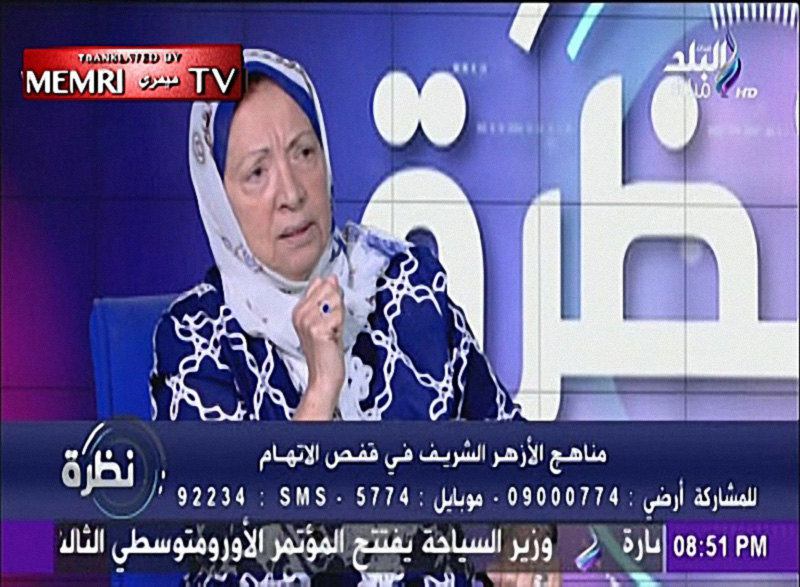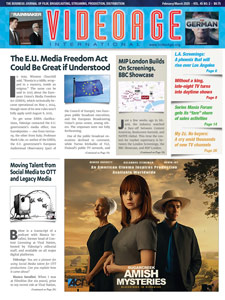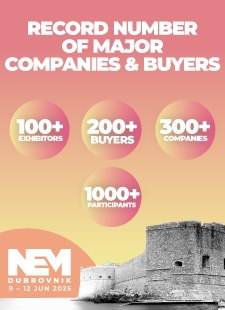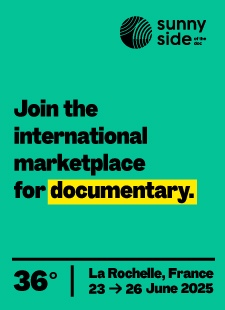One of the DISCOP MENA markets is now in Cairo, and for a good reason. Egypt has one of the most well-established and influential entertainment and media industries in the MENA region, supplying much of the Arab-speaking world with TV shows. Egyptian production companies delivered the majority of the Arab world’s television series in 2018.
Drama proves to be the most popular type of programming. Secret of the Nile, the first Arabic drama series available on Netflix, was produced in Egypt. Television is the most popular medium. There are two state-run national TV stations and six regional ones. Nearly 100 private networks have emerged in the last few years.
Egypt is also a big force in satellite TV. Most leading pay-TV networks have a presence there and Egypt was the first Arab nation to have its own satellite, Nilesat. Television remains the priciest medium for advertising, with an audience that amounts to 95 percent of the population on a weekly basis.
Most of the expenditure is centered on drama series, reality shows, factual entertainment, talk shows, and soap operas, which are very popular. Like everywhere else in the MENA region, the Ramadan month has historically been peak season for Egyptian television, commanding the highest advertising rates.
Located at the crossroads of Africa and the Middle East, Egypt is well positioned to service the MENA region, a media and entertainment marketplace that has experienced some dynamic changes in the last few months and will soon become a thriving contributor to the MENA region’s economy with its diverse and distinctively creative voice.
There are currently close to 1,000 free-to-air TV channels in MENA, 75 percent of which originate from the region. There are also 275-plus premium satellite-cable TV channels, half of which are produced in MENA. On top of linear broadcasters, there are over 20 OTT platforms servicing the region, and several telcos with independent VoD or IPTV services.
That’s close to 1,000 finished programs and adaptation rights-buying entities seeking fresh content inside the MENA region. The impact of younger, more digitally inclined audiences on the media landscape in the region is very clear: MENA digitization is ahead of international trends, indicating that audiences are already there waiting to be served. Video-on-demand business grew at a rate that was six times faster than pay-TV in 2018. Streaming platforms have taken off in the region, with revenue reaching the equivalent of U.S.$523 million in 2018 — a 21 percent year-on-year increase, with about 33 million subscribers in 2018 — whereas pay-TV subscriptions fell by 20 percent.
Egypt is clearly a major regional media player and serves as the heart of the MENA region. With over 100 million people and a geographic location that provides excellent access to other MENA countries, Egypt is the biggest single country in the region from a population perspective, as well as the world’s largest Arab-speaking nation.
The country is rapidly evolving, especially in the last two-to-three years, and getting highly influenced by global trends such as e-commerce, business entrepreneurship, media and fashion influencers, and branded lifestyle products. Mobile phone penetration is up more than 130 percent and 85 percent of adults spend time online.
As the country economy recovers and consumer confidence picks up, so does advertising expenditure. Furthermore, Egypt’s high-income youth is beginning to consume media in new ways, migrating online and towards social networks. There were 55 million Internet users by mid-2018 — over half of the population — and Egypt leads Northern Africa and the Middle East in terms of Facebook users with nearly 40 million accounts.
The shifting landscape will continue to create exciting opportunities for established players and new entrants alike in 2019, with much potential to be realized in populous markets such as Egypt and smaller wealthy markets such as the United Arab Emirates.
The biggest milestone of 2018 has been the inclusion in the key entertainment sector of the Saudi Arabian market, which has a population of 30 million and plans to host 2,600 cinema screens by 2030. Total cinema revenue in Saudi Arabia is expected to reach $1.5 billion by then, according to recent research by PwC Middle East. Saudi Arabia’s support of its creative sectors under Vision 2030 will change the dynamics of the entertainment and media sector in the region. (Saudi Vision 2030 is a plan to reduce Saudi Arabia’s dependence on oil and diversify its economy.)
Media start-ups in Egypt already have access to capital. A growing pool of investors is already placing big bets on the Egyptian media landscape. Egypt’s strategic location in Africa, its closeness to the Arab Peninsula, and a peace treaty with Israel make it an ideal production hub for the global entertainment industry. According to England’s Standard Chartered Bank, Egypt is to rank the seventh largest economy in the world by 2030, and will precede Russia, Japan, and Germany.
Egypt’s reform plan is encouraged by the International Monetary Fund, which offered the Arab country a $12 billion loan to support economic reforms. In such a context Egypt hopes to position itself as a world-class production and distribution destination. (Pictured on the cover: the Cairo Conference Center and Exhibition Hall)
By Patrick Zuchowicki, who is the founder of DISCOP and CEO of Basic Lead, DISCOP’s organizer. DISCOP markets were created in 1991 to explore opportunities in the ex-Soviet republics. Eleven years ago, Basic Lead switched its attention to Africa and the Middle East. DISCOP MENA was launched in 2007. The Cairo market is geared toward French- and Arabic-speaking countries across Northern African and the Middle East. Its next edition is scheduled for December 15-17, 2019. The United Arab Emirates will be the Guest Country.
Audio Version (a DV Works service)












Leave A Comment